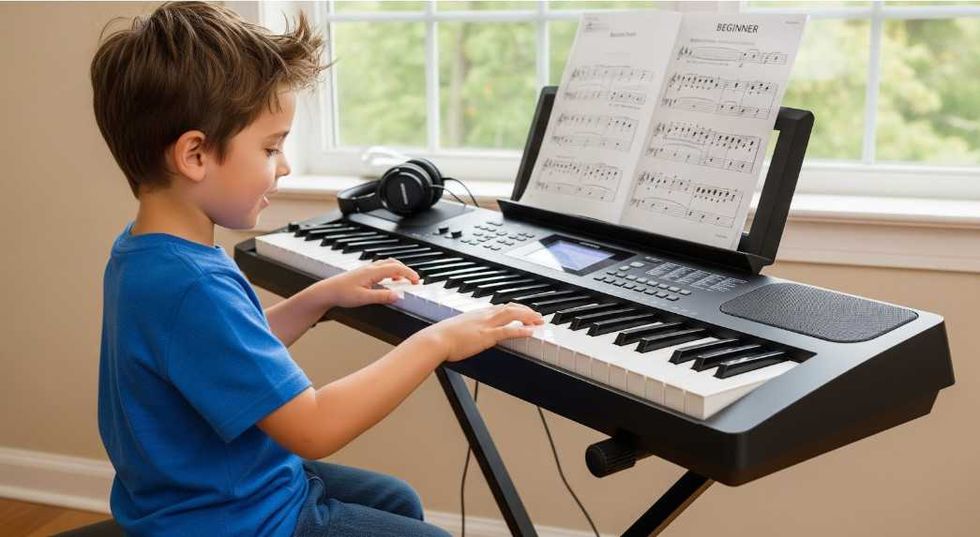"When you hear hoofprints, think horses." That is what doctors in training are taught. Physicians are specifically trained not to think outside of the diagnostic box, then are confused as to why people with rare issues often do not get diagnosed until they have endured a lifetime of medical insults and innuendos questioning their sanity.
Ehlers-Danlos Syndromes (EDS) are zebra disorders. According to The Ehlers-Danlos Society,
"The zebra became our symbol to mean, "Sometimes when you hear hoofbeats, it really is a zebra." Ehlers-Danlos syndromes are unexpected because they're rare...When you see a zebra, you know it's a zebra—but no two zebras have identical stripes just as no two people with an Ehlers-Danlos syndrome or HSD are identical. We have different symptoms, different types, different experiences."
What are Ehlers-Danlos Syndromes?
The Ehlers-Danlos Society describes the Ehlers-Danlos Syndromes as, "A group of connective tissue disorders...generally characterized by joint hypermobility (joints that stretch further than normal), skin hyperextensibility (skin that can be stretched further than normal), and tissue fragility."
While all zebras stripes are in a different pattern, symptoms that find people seeking help from medical professionals include: Multiple joint hypermobility and instabilities, velvety skin (varies with type of EDS), skin fragility, different types of scarring and easily bruised, slow and poor wound healing and pain (chronic and intractable - imagine feeling your organs being affected by gravity when you stand for long periods of time).
Digestive issues such as gastroparesis, low motility and irritable bowel syndrome can combine with painful bladder conditions like interstitial cystitis to cause incredibly painful "stomach aches" in zebra children. Chiari malformations in some zebras lead to debilitating headaches and confusing mental situations.
Older zebras, like Connie, a woman finally diagnosed with EDS after six decades and a lifetime of medical maladies, find their diagnosis may come easier once a younger family member is diagnosed, "I first heard about EDS when my granddaughter got her hEDS diagnosis and my daughter said, "Mom, this has to be why you have so many health problems."
Older patients are not the only ones who can be affected severely by symptoms and comorbidities with EDS. Discombobulating symptoms of maladies that are common in zebras, such as POTS, or Postural orthostatic tachycardia syndrome and other issues with autonomic systems often require even young patients to require mobility aids.
When the building blocks of your body are missing a critical component, or the parts of your connective tissues are out of balance, the result can be one of over 300 connective tissue disorders. Thirteen of those disorders are Ehlers-Danlos Syndromes.
Types of Ehlers-Danlos Syndromes:
The Ehlers-Danlos Society lists these as the 13 current diagnostic types of Ehlers-Danlos Syndromes:
Spondylodysplastic EDS (spEDS)
Musculocontractural EDS (mcEDS)
Each type of EDS is characterized by a deficiency in a different component of connective tissue. In twelve of the types, all types except hypermobile, the genetic marker has been identified. The Ehlers-Danlos Society is currently signing up patients with Ehlers-Danlos Syndromes into a registry partially in an attempt to assist the gene search for the hypermobile genetic link.
EDS has a commonality of between 1 in 5,000 to 1 in 15,000 people. By far, the hypermobile type or hEDS is the most common. Vascular EDS is one of the most unusual, but also one of the deadliest forms of EDS.
Diagnosis of Ehlers-Danlos Syndromes:
As many zebras shared, diagnosis can take decades. Many times, as with Connie, younger family members are diagnosed first. Younger family members can have access to genetic testing which can diagnose all forms besides hypermobile EDS, but older family members are often denied access to testing.
Each type of EDS has its own diagnostic criteria. Joint hypermobility is judged on a 9-point scale known as the Beighton Scale. The Ehlers-Danlos Society has an extensive chart explaining the types of EDS, their genetic connections, and their individual symptoms.
Sarah Ann, a patient diagnosed at age 48, can trace her symptoms back to age four when her finger hurt when riding a trike. She "gripped the handlebars tighter to pedal faster and suddenly [her] finger hurt and turned bright blue-purple." Achenbach syndrome is what Sarah experienced and she contemplates the possible benefits to children if they were administered the Brighten Scale test or another mandatory screening for EDS, "Diagnosis needs to happen at a young age so kids can learn how to get strong and protect themselves as well as learn how to advocate for themselves."
Being a zebra isn't all POTS and Achenbach syndrome, people with EDS can be some of the most elegant dancers and amazing contortionists in the world. But those movements come at a cost. As patients with EDS get older, the party tricks can come back to haunt them with excruciating pain.
One of the biggest dangers to an undiagnosed zebra is the possibility of being prescribed an antibiotic in the fluoroquinolone family. The FDA has warned that not only does that class of antibiotics cause a greater chance of tendon damage and mental instability in people with connective tissue disorders like EDS and Marfans, but also death from sudden aortic rupture.
There are studies in the works, and there will no doubt be more coming soon. The best place to keep apprised of the research into Ehlers-Danlos Syndromes is at Ehlers-Danlos Society.
May is Ehlers-Danlos Syndrome awareness month. If one side of your family is extraordinarily bendy, velvety, bruisy, stretchy and outchy, you may want to stroll on over to the Ehlers-Danlos Society and take a look at the lists of symptoms and types of EDS. You may find your family of zebras.
You may be one of the Dazzle.
- thezebranetwork.org - thezebranetwork Resources and Information. ›
- Ehlers-Danlos syndromes | Genetic and Rare Diseases Information ... ›
- The Zebra Club - Hypermobility, EDS, Back Pain ... - Jeannie Di Bon ›
- Challenges facing EDS patients: the zebra in the room ›
- Life as a Medical Zebra with Ehlers-Danlos Syndrome ... ›
- Ehlers-Danlos Syndrome (EDS) | Life as a Zebra Foundation ›
- The Ehlers-Danlos Society celebrates International Day of the Zebra ... ›
- What Is Ehlers-Danlos Syndrome? | Live Science ›
- Why the Zebra? ›
- Why the zebra? – The Ehlers-Danlos Support UK ›



















